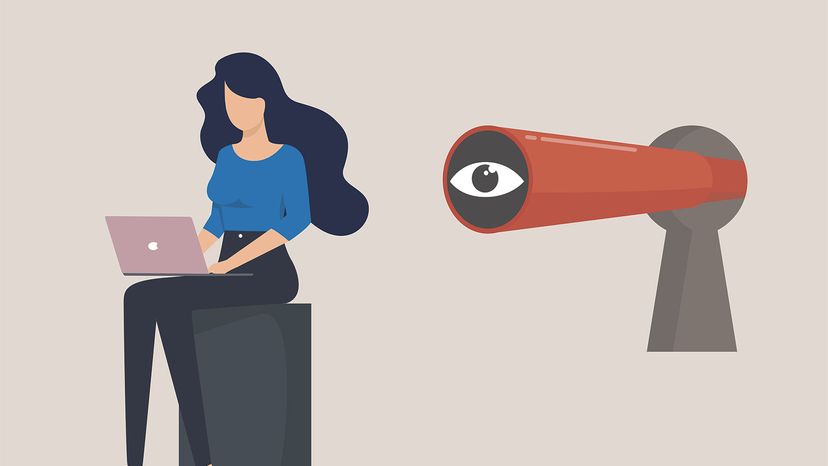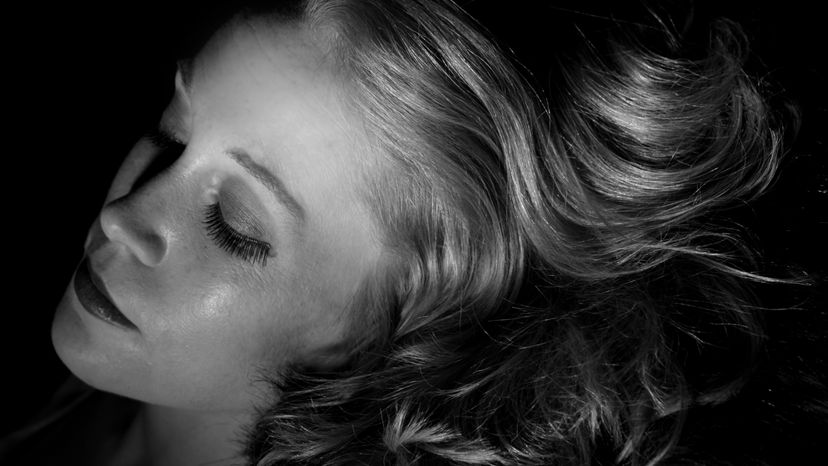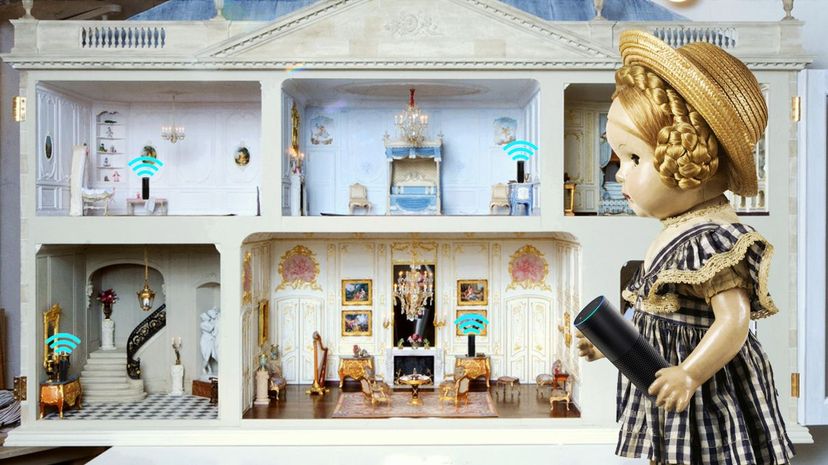
You can buy Fair Trade coffee, chocolate, and bananas. But what about your lipstick and eyeliner?
Since 1998, Fair Trade USA has certified products that meet its standards for the working conditions in its supply chain. Initially, it worked largely with farmers, but it has since expanded to laborers in other sectors, including apparel. On September 6, it announced that it’s working with E.l.f. Beauty to certify four of the factories in China that the cosmetics company works with, opening the door to more beauty brands to create Fair Trade cosmetics.
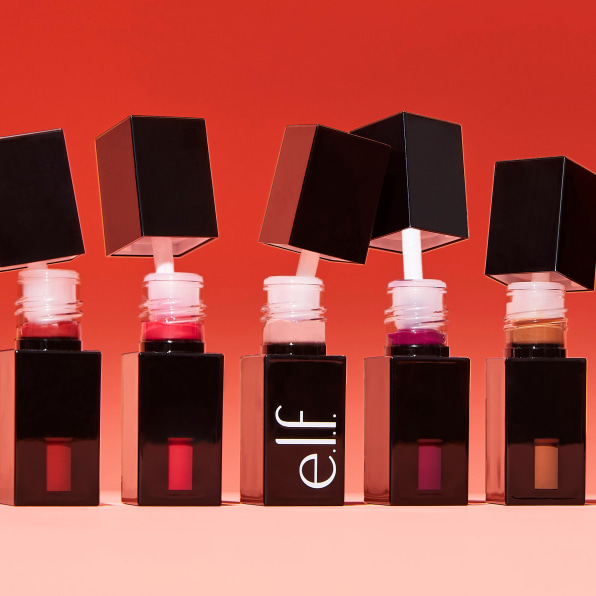 E.l.f. Beauty, which launched in 2004 and stands for “eye, lip, and face,” is known for its inexpensive makeup and skincare products, most of which cost around $3 and are sold at drugstores, dollar stores, Target, and Walmart. Over the past two decades, the brand has been focused on ensuring its products are ethically made and nontoxic. Its products are vegan and carry the Leaping Bunny certification, which means it does not do any animal testing. It also eliminated more than 1,600 unsafe or questionable ingredients from its line, having to reformulate more than 350 products to do so. “This certainly matters to our customers,” says Tarang Amin, E.l.f.’s chairman and CEO. “But I also think it matters to our workers.” After all, workers must come into contact with these ingredients in factories.
E.l.f. Beauty, which launched in 2004 and stands for “eye, lip, and face,” is known for its inexpensive makeup and skincare products, most of which cost around $3 and are sold at drugstores, dollar stores, Target, and Walmart. Over the past two decades, the brand has been focused on ensuring its products are ethically made and nontoxic. Its products are vegan and carry the Leaping Bunny certification, which means it does not do any animal testing. It also eliminated more than 1,600 unsafe or questionable ingredients from its line, having to reformulate more than 350 products to do so. “This certainly matters to our customers,” says Tarang Amin, E.l.f.’s chairman and CEO. “But I also think it matters to our workers.” After all, workers must come into contact with these ingredients in factories.
Over the past decade, consumers have gotten a glimpse into the brutal realities of factory work in the developing world, especially in the garment industry, because of tragedies like the 2013 collapse of the Rana Plaza garment factory in Bangladesh, killing 1,134 people. But we’re less familiar with what happens in cosmetics factories. Amin says beauty products require a lot of labor to assemble, from pressing powders together to making brushes to putting finished products into boxes.
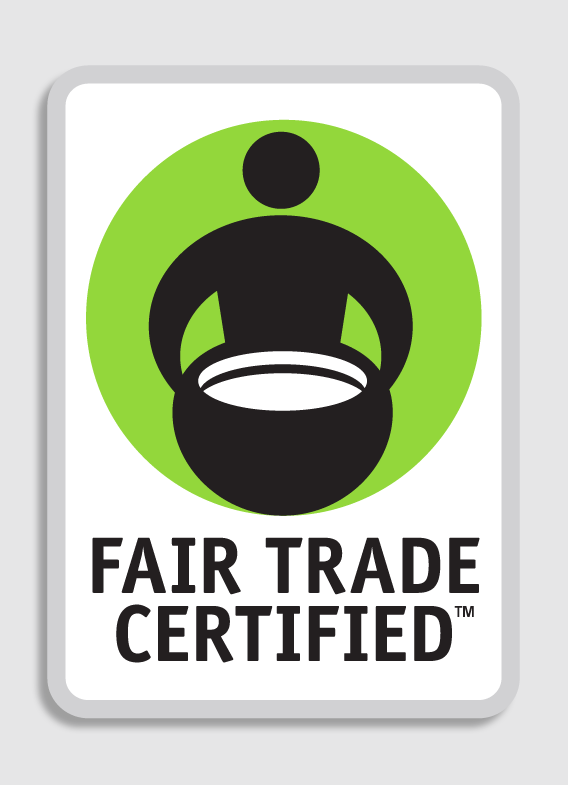 Amin has been interested in the Fair Trade movement for a long time. Fifteen years ago, when Amin was an executive at Clorox, he met Fair Trade USA’s founder, Paul Rice, and traveled with him to a Patagonia factory in Thailand. Amin got to see the Fair Trade process play out in detail. In this case, Patagonia paid a premium for the manufacturing, part of which went toward auditing the factory annually to ensure labor practices were safe. But part of it went directly to workers, increasing their daily wage. Workers also put some of that money toward developing their community in whatever way was more relevant to them. “A lot of workers in that factory were migrant Cambodians who did not have access to Thai government services,” says Amin. “The Patagonia premium made a difference in their lives in terms of education, vocational training, and healthcare.”
Amin has been interested in the Fair Trade movement for a long time. Fifteen years ago, when Amin was an executive at Clorox, he met Fair Trade USA’s founder, Paul Rice, and traveled with him to a Patagonia factory in Thailand. Amin got to see the Fair Trade process play out in detail. In this case, Patagonia paid a premium for the manufacturing, part of which went toward auditing the factory annually to ensure labor practices were safe. But part of it went directly to workers, increasing their daily wage. Workers also put some of that money toward developing their community in whatever way was more relevant to them. “A lot of workers in that factory were migrant Cambodians who did not have access to Thai government services,” says Amin. “The Patagonia premium made a difference in their lives in terms of education, vocational training, and healthcare.”
As CEO of E.l.f., Amin approached Rice to see about certifying the cosmetics brand’s factories. E.l.f. doesn’t own its own factories, which are primarily based in China, with a few in Taiwan and Thailand. But like Patagonia, E.l.f. can pay the Fair Trade premium, which will go toward auditing these factories and increasing workers’ pay. In return, all E.l.f. products manufactured in certified factories will be labeled Fair Trade. Other brands manufacturing in those same factories will not be able to use that Fair Trade label unless they also pay a premium, but all workers will benefit from the improved working conditions regardless of which brand’s products they are manufacturing. Right now, E.l.f. has certified its four factories in China, where roughly 80% of its products are made, but it is working to certify its entire supply chain.
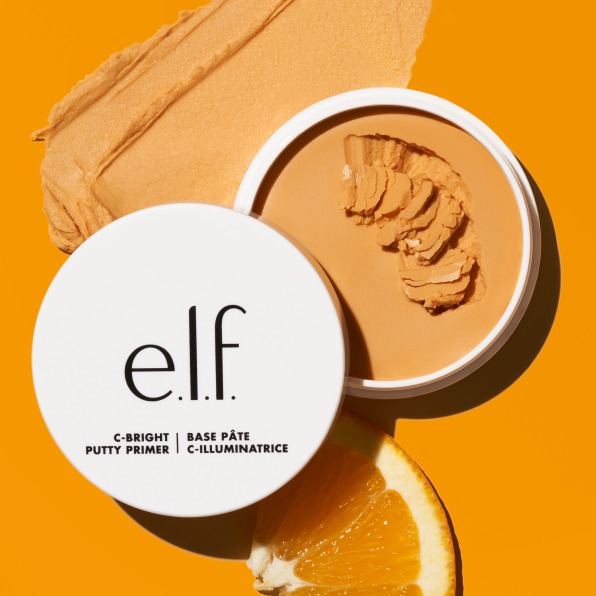 Rice says that moving into the $550 billion beauty and personal care sector is a big move for Fair Trade USA. Until now, some beauty brands have taken advantage of Fair Trade’s long relationship with the agricultural sector to certify some ingredients in their products, like cocoa and shea butter. But certifying an entire factory is much more comprehensive and impacts far more workers. “After the Rana Plaza tragedy, it became clear that our mission was to serve workers everywhere in all industries,” says Rice. He points out that at Rana Plaza, multiple brands were manufacturing out of the same facility, and no single brand was taking responsibility for the conditions of the building itself, which was in such disrepair, it collapsed. This bears some similarities with the cosmetics sector, where many brands also use the same factory. “What we’ve learned is that we need to inspect the whole building, including those parts that are not manufacturing for our brand partner,” says Rice.
Rice says that moving into the $550 billion beauty and personal care sector is a big move for Fair Trade USA. Until now, some beauty brands have taken advantage of Fair Trade’s long relationship with the agricultural sector to certify some ingredients in their products, like cocoa and shea butter. But certifying an entire factory is much more comprehensive and impacts far more workers. “After the Rana Plaza tragedy, it became clear that our mission was to serve workers everywhere in all industries,” says Rice. He points out that at Rana Plaza, multiple brands were manufacturing out of the same facility, and no single brand was taking responsibility for the conditions of the building itself, which was in such disrepair, it collapsed. This bears some similarities with the cosmetics sector, where many brands also use the same factory. “What we’ve learned is that we need to inspect the whole building, including those parts that are not manufacturing for our brand partner,” says Rice.
But now that Fair Trade USA has certified its first cosmetics factory, Rice believes the organization can grow its ambitions. It hopes that the thousands of other beauty brands on the market will follow E.l.f.’s lead. But it also means that it is possible to expand into entirely different product categories. “It shows that if we can play in beauty, we can play in anything made in the four walls of a factory,” says Rice. “What about toys? What about electronics? We believe there will be a ripple effect.”


